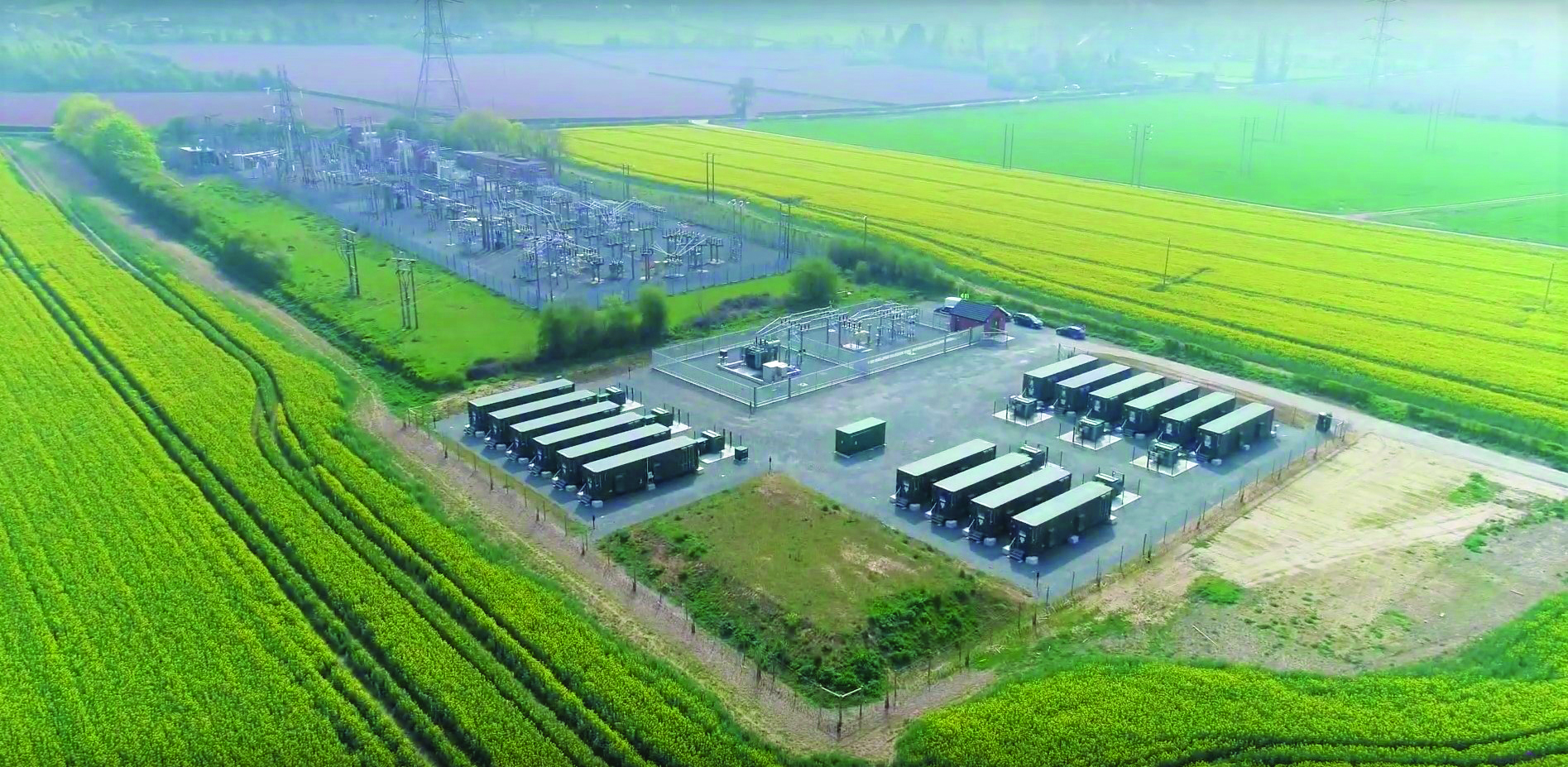Clean energy developer RES has secured planning permission to progress a 99.9MW battery close to an existing substation near Spennymoor, County Durham.
The mega-device is to be installed on Thinford Lane, and will plug into burgeoning offshore wind and supply, as well as facilitating new generation. The developer applied to the county in January for permission, four months after a pre-application submission.
The 4.6 hectare plot is classed in the application as an agricultural field, nominally in a flood plain. A new pond, linked to a sustainable soakaway and other sustainable drainage measures, is promised to draw away surface water.
Besides the pond, RES promises native trees will be planted and species-rich grassland protected. Bat boxes and bug hotels are among measures to boost biodiversity on the site by up to 25%.
Alan McMahon, the developer’s head of energy storage said: “ Systems like Spennymoor are essential for a stable and secure electricity system; the resilience of which is crucial for the UK’s future energy security.”
Thinford is 30 miles south of Blyth, landing point for the world’s longest undersea cable, the 700MW North Sea Link, completed last year by National Grid ESO in partnership with Norway’s transmission operator.
Founded four decades ago, multinational RES – or Renewable Energy Systems – says its 23GW of wind, solar and storage infrastructure delivered in 16 nations ranks it as the world’s biggest independent clean energy developer. Its UK base is in Hertfordshire.
Britain’s pipeline of unbuilt grid-scale storage devices swelled to an unprecedented 32.1GW in the twelve months to April, trade lobbyists Renewable UK reported. Developers such as RES seek to expand on the nation’s 3GW of capacity already operating, or soon to be sparked up.
At 0.1GW, Spennymoor is among larger projects among that anticipated 32.1GW of UK hopefuls. Yet others out-muscle it.
Britain’s biggest grid-scale battery proposal known at present is developer Exagen’s intended 0.5GW/1GWh Normanton Energy Reserve storage unit, co-funded by Octopus. A consultation among residents close to Earl Shilton, Leicestershire began last month. Operation is intended for 2027.
In probable second place, Emirati-controlled port operator – and controversial owner of P&O Ferries – DP World is paying Scottish-Australian power contractors InterGen a reported £200 million to install a 0.32GW/0.64GWh device at its London Gateway port in Essex.
Designed primarily for stabilising the national grid, DP World’s Gateway behemoth could in theory power up to 300,000 homes when fully charged. Operation from a site in Thurrock is planned for 2025, assuming InterGen can find a partner willing to take 49% of the project.





It will be interesting to learn what type of storage battery these projects will use, as Lithium is becoming ever more expensive as demand escalates, when the alternative redox-flow batteries do not suffer long term degradation of the growth of Lithium dendrites that short-circuit the cells of Lithium-ion batteries, as the redox chemistry does not involve the electrodes of the cells, rather to the change of valency state of the two electrolytes which is the reduction-oxidation (redox), eg Vanadium 4 valency states: V+ and V++ on one side of the cell and V+++ and V++++ on the other side.